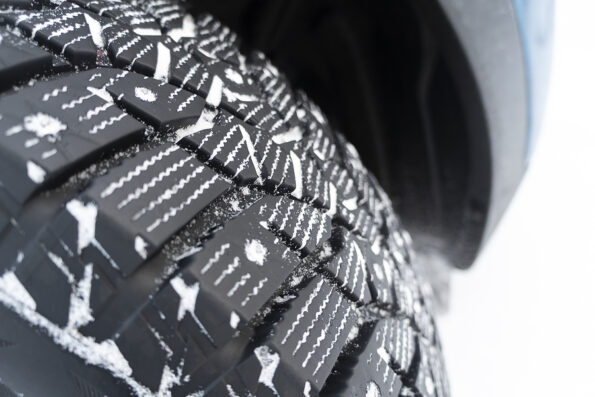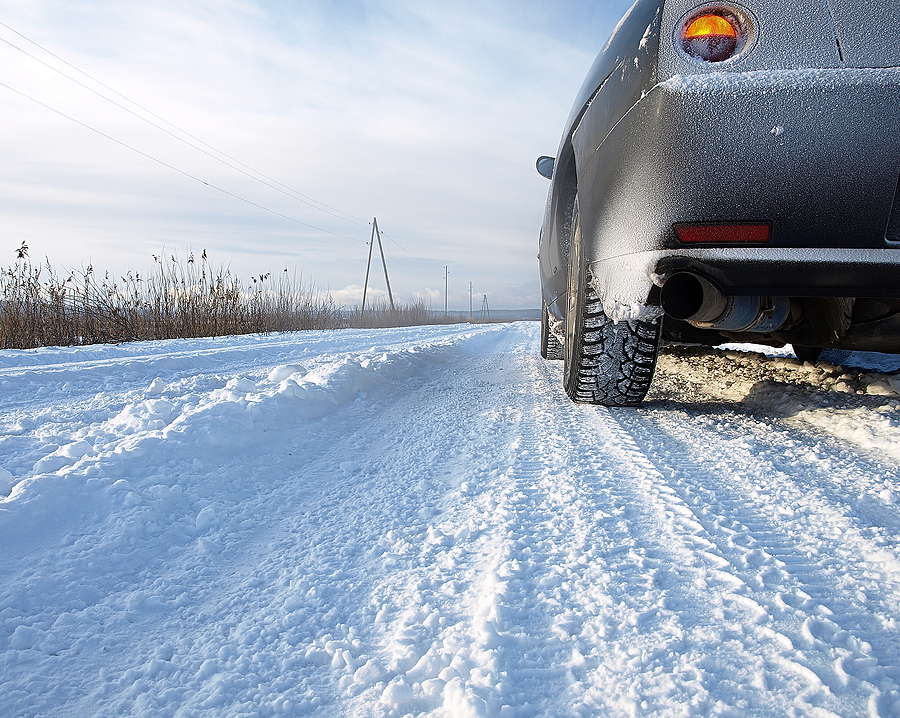Comparing All-Season, winter, And All-Weather Tires
If you live in areas that experience season changes, like extreme winters and summers, you need all-weather tires. Driving in the same type of tires during all the seasons increases wearing out and can lead to accidents.
The three main types of tires that suit different environments are all-season, all-weather, and winter tires. These tires are made with different materials and have various characteristics. For example, winter tires are meant for roads in snowy places, and although all-weather tires seem to suit all the seasons, they have specific limits. We will look at each tire’s characteristics and their importance.
1. Winter Tires
Driving on iced and snowy roads can be scary, especially when cornering and braking. Some vehicles slide on the wet road, leading to fatal accidents. Some drivers use public means when winter comes due to the fear of sliding on slippery roads. However, you no longer have to worry about sliding and falling during your winter drives because winter tires have a better grip.
Winter tire manufacturers make them with blocky treads to slush water and ice and pave the way. Besides, the tires are also made with a softer rubber that maintains flexibility. This is different from other rubbers that stiffen in lower temperatures. The stiffening reduces friction and can lead to accidents. However, you should change the winter tires when temperatures rise because the rubber softens in higher temperatures.
One thing you won’t love about winter tires is their cost. You will pay more than the standard tires to enjoy the features that keep you and your passengers safe during winter. Also, since you have to change into different kinds of tires during spring, you need extra storage space. This could cost you some coins to get space at the garage or make your home feel more squeezed. Besides the drawbacks, winter tires are worth your coins.
2. All-Weather Tires
All-weather tires are suitable for drivers who live in areas experiencing mild conditions. You can use them if your springs and summers and not too hot and the winters are not too cold. The tires have the snowflake symbol to show that they are recognized for use in winter.
Cheap all-weather tires are a significant advantage to drivers because you don’t need to change them, meaning they don’t require extra storage space. Also, since they don’t need to be changed with the changing seasons, the driver does not incur additional storage and installation expense. All-weather tires are also long-lasting.
However, the downside of these tires is that they are not as durable as all-season and winter tires. Although they can drive on warm and cold roads, they are not suitable if there is an extreme temperature change. The tires also have shorter tread warranties compared to the other types.

3. All-Season Tires
All-season and all-weather tires confuse most drivers because they seem suitable for all weathers. However, there are differences between all-season and all-weather tires. The all-season tires are ideal for three seasons; spring, summer, and fall, but you cannot use them on snowy roads. When the temperatures go lower than 7 degrees Celsius, the tires lose grip, posing a danger to the driver and passengers.
The all-season tires have smooth and straight treads that repel water and provide grip on warmer roads. Their rubber is also hard, and it lasts longer. You can change to the all-season tires when the temperatures rise above seven degrees Celsius, and they also have the M+S logo to show that they can be driven in mud.
4. Finding The Right Tires For The Right Season
Car tires are expensive, but changing into seasonal tires is essential. It keeps the driver safe on wet and dry roads by providing grip and traction. Besides, these tires last longer when driven on the good seasons. If you want to get better deals with the seasonal tires, shop them when the demand is low.
For example, you can buy winter tires during summer. During this time, there is less demand, and the prices are lower. You should also look for shops offering discounts. However, avoid buying from the cheapest brands because they make less durable tires, and you will need to replace them sooner than you thought.
Image Source: BigStockPhoto.com (Licensed)
Related Categories: Cars & Vehicles, Reviews








